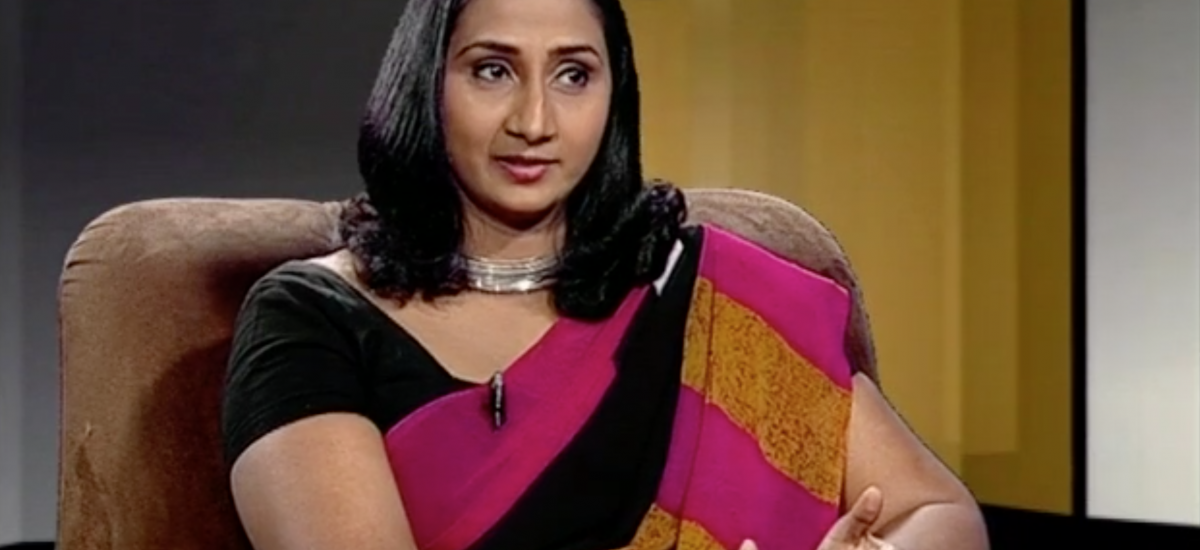Sumanthri Samarawickrama Jayaweera is a Lecturer at the University of Moratuwa. Sumanthri was part of a panel discussion at the presentation of Visual Diversity in Sri Lanka, a book on design, at the Goethe-Institut late last year. She spoke about the evolution of the Sinhala script and typography, and this is also where our conversation begins.
Sumanthri goes into the evolution of the Sinhala script, and why for Sinhalese there are in fact three alphabets. She then talks about a study of Sinhala newspapers from the 19th century to around the 1960s, where she interestingly observes a decline in the design of newsprint, with increasingly less emphasis on the Sinhala letterform. Sumanthri notes that the gradual transition from printing technologies based on wood and metal to digital forms destroyed the creativity in the design of typefaces – the ease with which to select fonts on digital platforms masked how difficult and technically challenging it was to create them for digital media.
In 2008, senior government Minister Patali Champika Ranawaka noted that the “Sinhala language is older than Indian languages with a history of more than 3,000 years”. When asked to clarify this, Sumanthri notes that to the best of her knowledge, this is not an assertion based in fact. She goes on to flag historical evidence of a written script over 2,500 years ago, though there is no archeological evidence found to date.
Harking back to a conversation at the Goethe-Institut as well, Sumanthri debunks the commonly held belief that the design of the Sinhala script was in large part a result of the medium that was used to record and write it on – the ola leaf. She goes on to note how the first printed material featuring the Sinhala script in turn informed the way the alphabet was written, and by extension, perceived. Given what may be perceived as quite an esoteric subject, Sumanthri goes on to explain why it is important to study the evolution and uses of Sinhala typefaces and typography.

